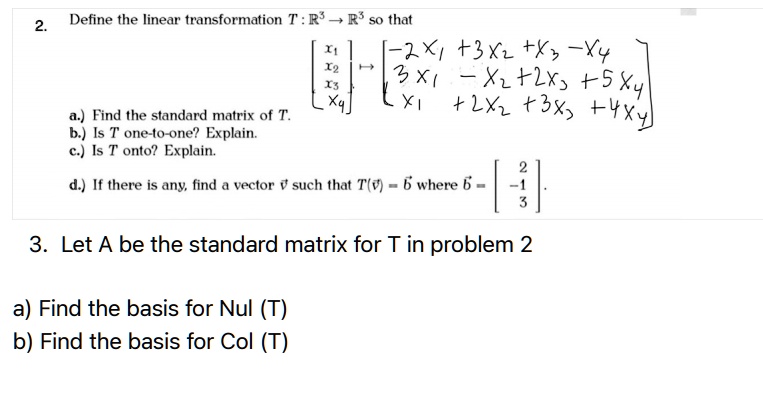
Young children just find it quite fascinating counting without any reason! So when you are getting them dressed, or having breakfast, just counting to them can be surprising fun and interesting!Ĭhildren like things repeating, and knowing what’s about to happen, and counting definitely fulfils this. This will become a ritual later on, and children will be joining in the counting whenever they are able. This is the absolute old classic activity! Even when you are carrying babies up or down stairs, there is no reason not to count the stairs as you go! Some great ways of getting children trying to rote count include: Counting Stairs Rote counting is something many children will begin to develop from quite a young age if they are exposed to enough fun counting opportunities.
#Matrix onto vs one to one full#
If you want to get the full lowdown on what rote counting is then check this out.

You don’t have to count any objects, or anything like that. Rote counting is quite simply saying numbers in order, usually starting with 1. The big skill that children need before they can effectively attempt 1 to 1 correspondence, is the ability to rote count. But what skills come before 1:1 skills can take place? Let’s look at that first… What Comes Before 1 to 1 Correspondence? So, there are many different types of opportunities for 1 to 1 correspondence.

Examples of this are things like counting the firework bangs, or the hits on a drum or tambourine. This often takes them a bit longer to get their heads round as they can’t see the things. Or how many hops, claps, kicks, or skips. This could be things like how many jumps. Or it could be things on land like animals, cars, or other children. Some stationary objects you can move yourself (like a stone), but some you can’t (like a house) Counting Moving ObjectsĮxamples of this could be things in the sky like birds or clouds. Or you might be counting the characters on a page of a book, or the number of toys in a counting song like 5 Little Ducks. This could be counting shells or stones, for example. This could be: Counting Stationary Objects You use 1 to 1 correspondence whenever you count a quantity of something. This article will hopefully give you all the knowledge you need to meet these issues head on! How do you introduce it? How do you practice it? What age should children start doing it? What problems will you encounter?įind out the answer to all these things, and more! One To One Correspondenceġ to 1 correspondence is basically counting accurately! It is understanding that one number in a sequence goes with each thing that you are counting. Like all the best skills it takes time, practice and a few strategies to really hammer the message home.Īlso, there are numerous pitfall and problems you might encounter on the way. Sounds simple! However, it takes pretty much all children a huge amount of time to get really secure with this skill. For example, if you are counting objects, you point at the first item and say ‘1’, then point to the second and say ‘2’ and so on. (I promise!)įirstly, put simply, what is 1 to 1 correspondence?ġ to 1 correspondence is the skill of counting one object as you say one number. However, it is a simple skill to understand and get your head around, and a fun one to teach too. There is a lot of jargon around the teaching of maths, and terms like ‘1 to 1 correspondence’ can seem quite intimidating. This article is just as much for parents as teachers. Without 1 to 1 correspondence, all these are a non-starter. Thanks for the time.1 to 1 correspondence is super important! In the ten years I have taught young children between the ages of 3 and 5, I have found that 1:1 correspondence is a foundation for all the skills that come after it: adding, subtracting, finding one more and less, and lots of other things too. So it is here if lex I've and symmetric Okay. They're 010010 Okay, so you can see that the same thing is reflected there.

So it has zeros all on the diagnose, so that makes it the reflexive does the opposite of reflexive. So Okay, so that makes it anti symmetric. Wherever we have the zeros here, we have one day. Okay, so we can see that this is reflexive. So we have further for a reflexive Yeah, yes, but equally looking at it again falls Oh, mhm. So here it has once all on them, all on the diagonal.

You can have 111 Here, we can have 010010 Okay, so it means that get this symmetric. And there's 0010010 Okay, so, uh, then it means that it's a symmetric. So whether for looking at the diagonals Mhm, it doesn't have one on all the diagonals, so it means that it is not reflexive. Is this metrics? Symmetric, reflexive, anti symmetric, the reflexive or transitive.


 0 kommentar(er)
0 kommentar(er)
